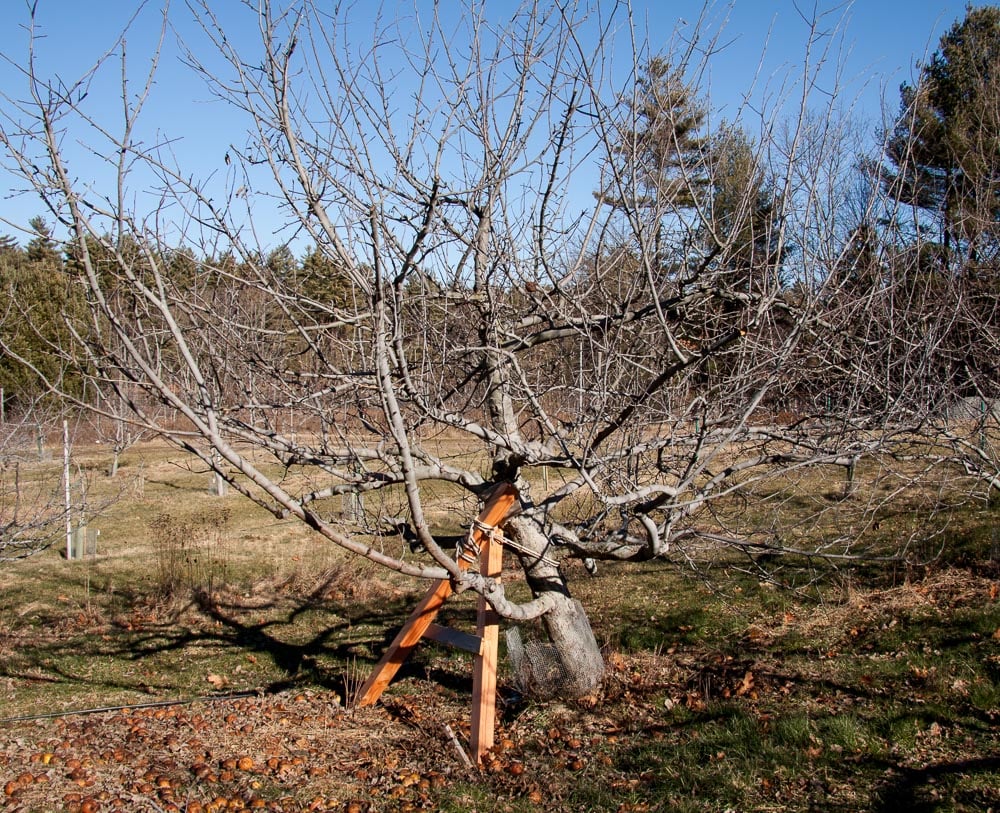In September 1979, I arrived in Kyoto, Japan, to begin a Fellowship year studying the Noh Theater right after graduating college. Wanting to discover the city and its treasures, I would go off walking each day. Finding myself in front of an important looking temple, I walked in and was quickly herded into a large group of Japanese tourists. Led by a white-gloved professional guide, our pod pushed through a narrow opening into a cavernous room. The guide started talking, while gesturing toward the ceiling. I didn’t know a word of Japanese and had no idea what she was saying. There were ‘oohs’ and ‘ahhs’ and ‘ah sos’, but I was baffled.
Straining their necks, everyone was feasting on the ceiling. Swirls of black and white brush strokes covered the dome. It looked like some cosmic orgy of clouds, the Milky Way galaxy with nebulae and star clusters. But thinking was getting me nowhere; I couldn’t make sense of the painting. I felt ridiculous standing there not understanding. The guide would point to one corner and then another, as the group turned in unison to follow her finger. I turned and looked, too, but saw nothing.
Tennryu-ji Temple Ceiling Painting
Then, to my astonishment, a claw appeared, a gnarled dragon’s claw. I followed it back to the powerful leg, the writhing body, the daggered tail, the long-whiskered head. The dragon represents primordial energy and the balance of darkness and light, absence and presence, yin and yang.
My friend, Judith Schutzman, took a photo on New Year’s Day of a few trees in the orchard. A week later she returned with a gift, a painting she had made from her photograph. It took me a few seconds, what was this painting of? Then it was clear, it was the orchard. The apple trees!
Judith brushed heavy black lines to form the trunks, squeezing them in and pushing them out until they sinewed like dragons in the snow. The angular, delicate branches she rendered with smaller strokes of gray, and above, she painted smoky patches of clouds. Then I remembered the Kyoto dragon. Until I studied Judith’s painting I had never considered the big, old apple trees as orchard dragons — great beasts that inspire fear but have to be confronted on the hero’s journey.
It makes me particularly sad to think that someday these old giants will be gone from the New England landscape. Orchardists planting new blocks of trees today plant dwarf trees that are supported by a structure of wires. These small trees are easier to care for, easier to harvest, produce earlier, and overall bring in more money per acre than growing standard size trees.
We often sacrifice wildness for convenience, a new highway through the wilderness. I wonder if that’s what happened to the dragons.






